Housebreaking, or housetraining, is often one of the first big tasks for any new puppy owner. While I prefer the term "training" over "breaking" because it emphasizes that this is a learning process for both you and your puppy, I'll use "housebreaking" as it is more commonly recognized. Regardless, think of it as a gentle, cooperative process rather than something harsh.
So to start, what exactly is housebreaking? Put simply, it's the process of teaching your puppy where it's appropriate to go potty. It's similar to potty training a child in that it requires patience, consistency, and positive reinforcement. This training aims to help your puppy develop good bathroom habits without the use of punishment, which can complicate and prolong the process.
How to Housebreak Your Puppy
There are five key concepts to teach to properly housebreak a puppy:
- Teach your puppy where you want it to go potty.
- Teach your puppy where you do not want it to go potty.
- Teach your puppy to hold it when it does not have access to the potty area.
- Teach your puppy how to tell you when it needs to go potty.
- Teach your puppy a phrase or word to go potty when you need it to.
For clarity, this guide assumes you are training your puppy to go potty outdoors. If you are indoor training, simply substitute "outside" with "potty area."
What Equipment Do You Need?
Start by gathering the correct equipment. You will need:
- Good quality puppy food
- Buckle collar or harness
- 3–4 foot non-retractable lightweight leash
- 15-foot non-retractable cotton web long line
- A place to confine your dog—this is the largest area your puppy will keep clean and not chew up—typically a crate or exercise pen
- A place to walk your dog for outdoor training
- For indoor training either two dog litter boxes or two frames that hold potty pads and a good supply of potty pads
- Small, easy-to-swallow treats
- Carpet cleaner
- A good amount of patience
- A sense of humor
Housebreaking Tips Before You Start
Think about these things before you start:
- Feed your puppy on a schedule. What goes in comes out! The puppy that eats all day will need to go at unpredictable times. Feeding on a schedule allows you to predict when your puppy will need to potty.
- The best place for your puppy to sleep is in a small wire crate next to your bed. It is a good idea to have a larger crate in the area of your house where you spend the most time. You'll want to make sure you're using a crate that works well for a puppy and should consider using an indoor exercise pen if you need to leave your puppy for longer than four hours.
- Choose a keying phrase that the entire family agrees with. I use "be quick" with my dogs. You might also say "business," "go potty," or "water the grass." The only rule is that you are comfortable saying the phrase in public!
The 5 Steps to Housetraining Your Puppy
Let’s review the five concepts necessary to properly housetrain your puppy. It is important to teach all five concepts to your puppy, but there is no specific order to teach these.
-
The first is how to teach your puppy where to go potty. Decide where the potty area is and consistently take your puppy there. Remember to say the word "outside" as you go outside or "inside" as you go to the indoor potty area. Give your treat five seconds after your puppy has finished going.
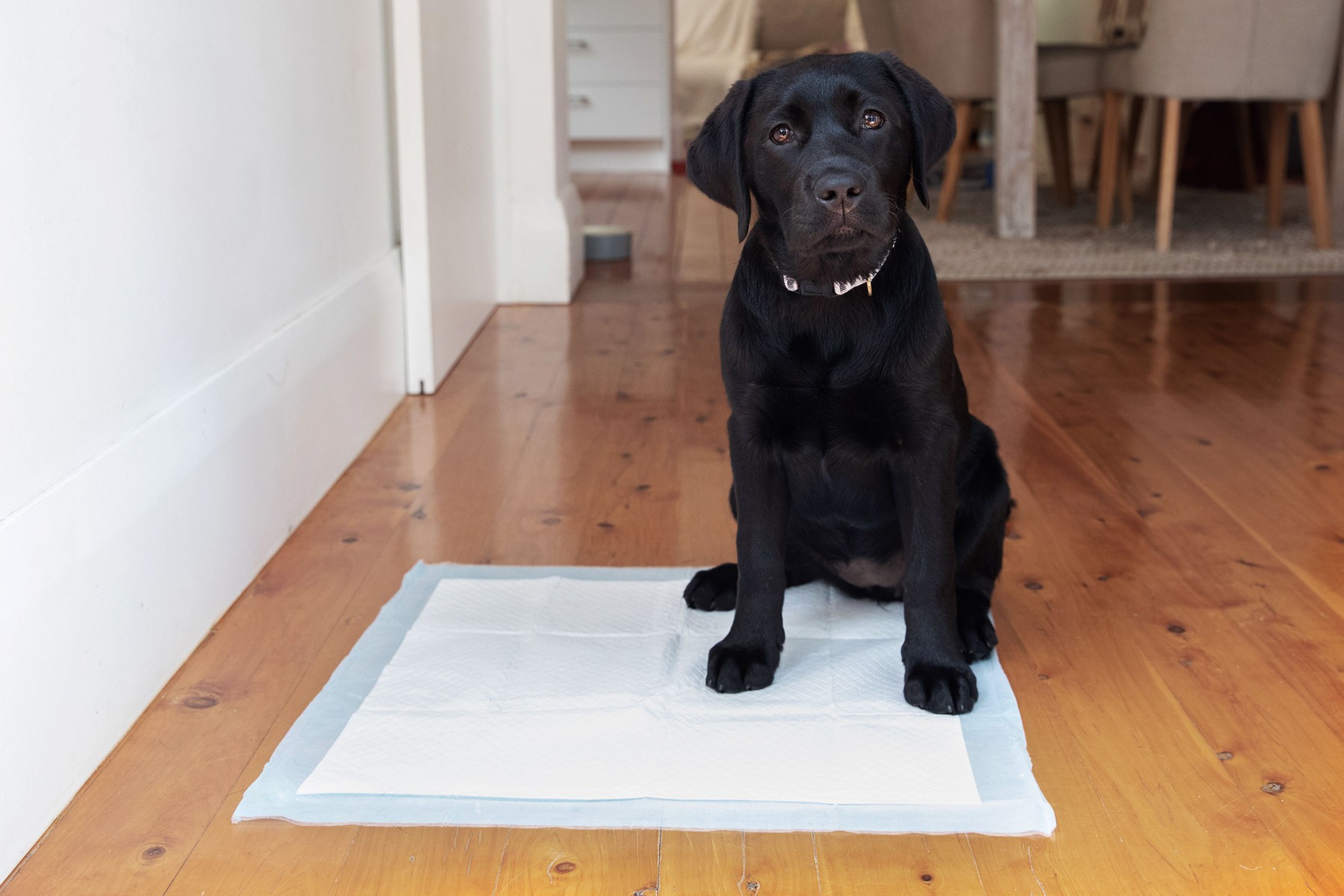
The Spruce / Kristie Lee
The second concept is teaching your puppy where not to go potty. Avoid frightening and/or punishing your puppy. Redirection without fear is the fastest way to results.
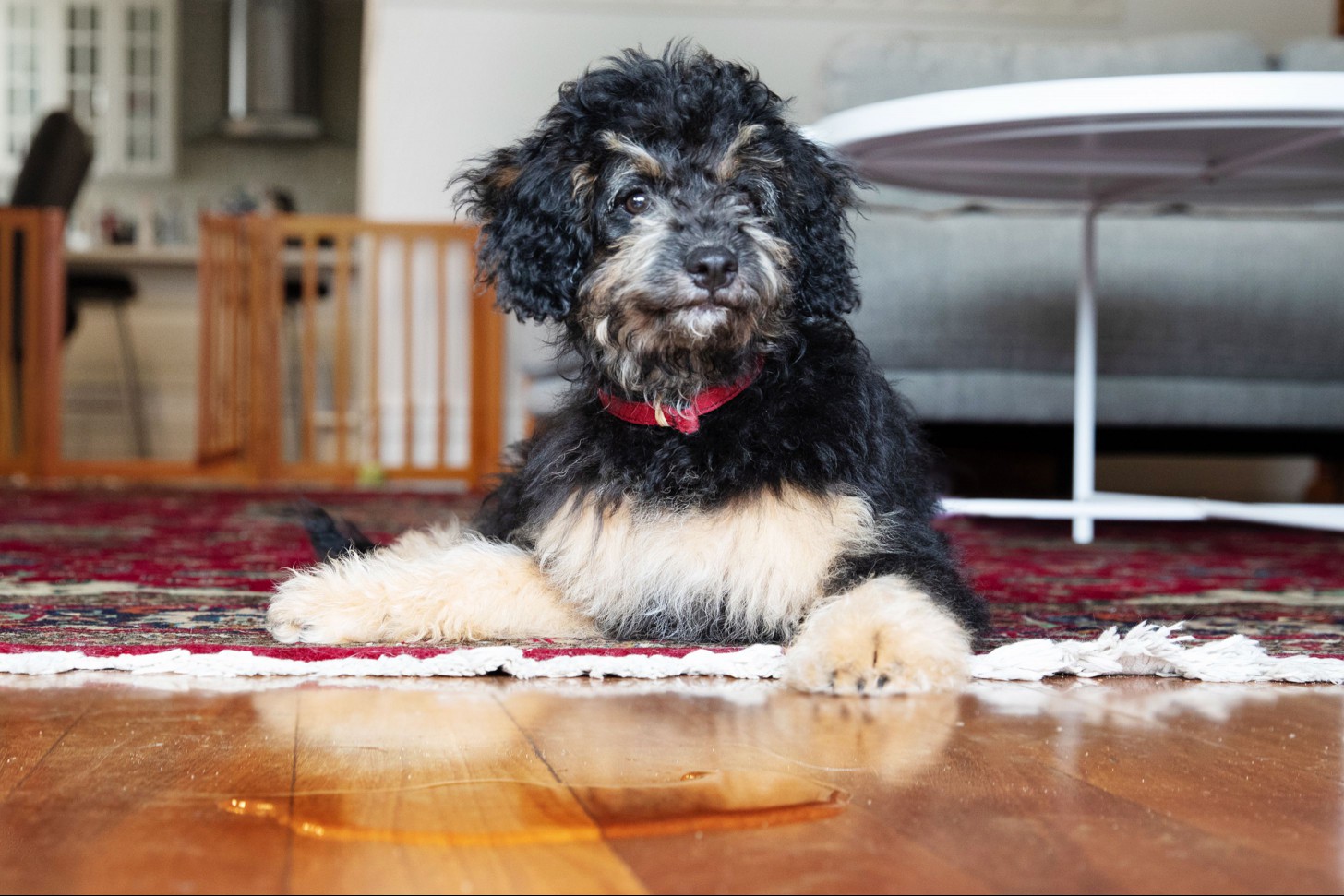
The Spruce / Kristie Lee
The third concept is how to teach your puppy to hold it. Use confinement to teach this when you cannot watch your puppy. Use your leash (safely) indoors when you can supervise its activity.
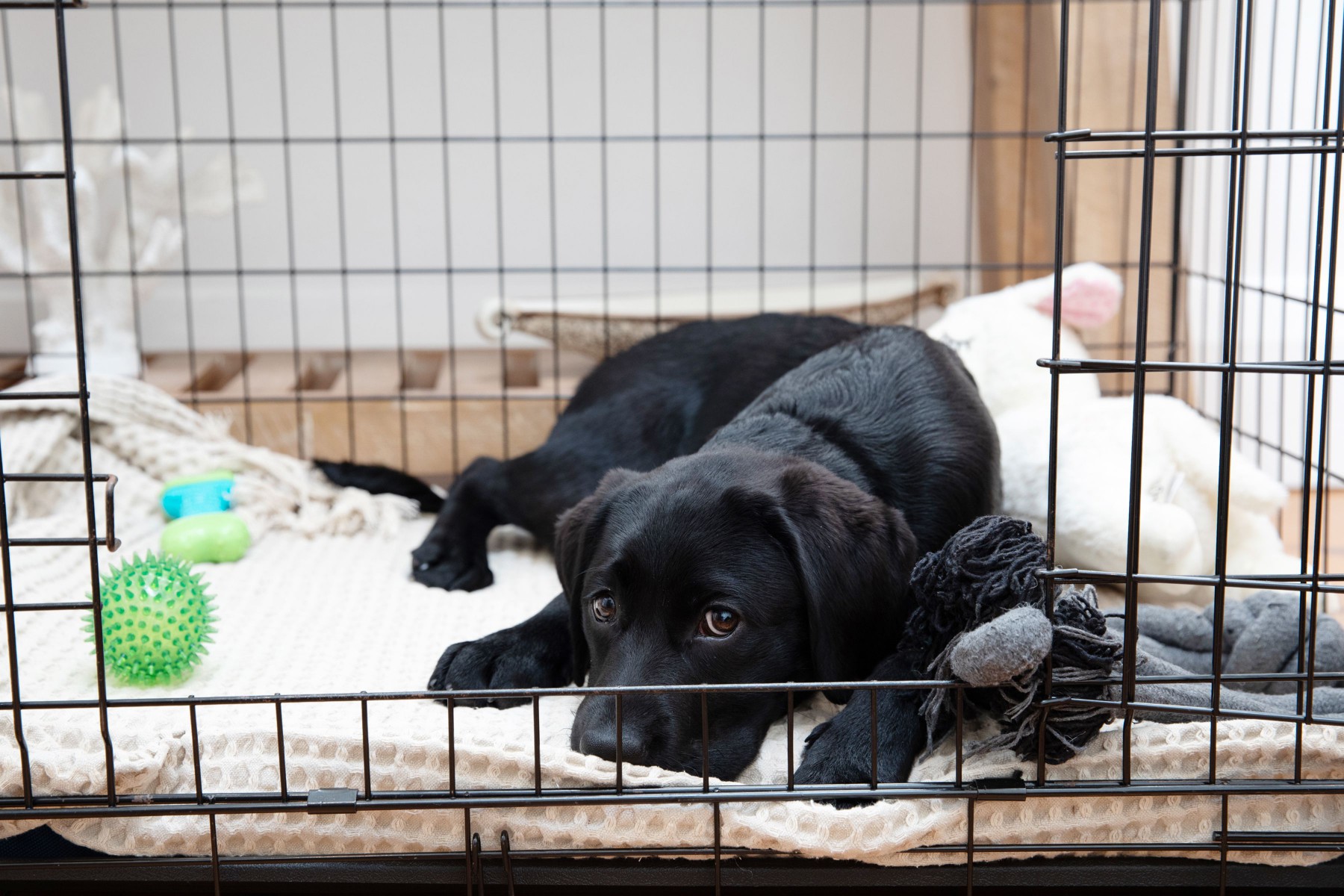
The Spruce / Kristie Lee
The fourth concept is to teach your puppy how to tell you it needs to go potty. I suggest teaching your puppy to ring a bell instead of barking, whining, or scratching the door.
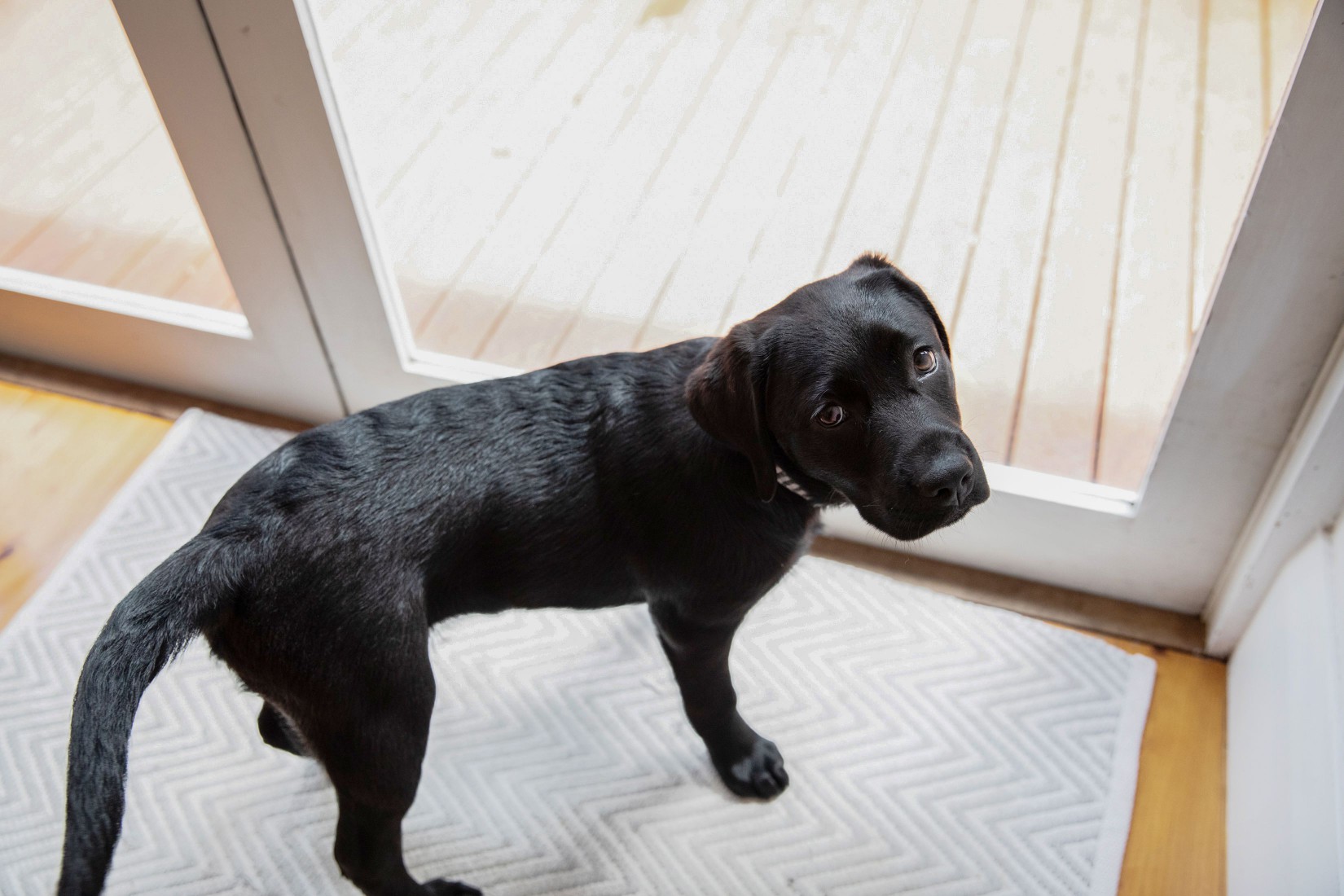
The Spruce / Kristie Lee
The fifth concept is to condition a keying phrase to get your puppy to feel the internal urge to go potty when you need it to go.
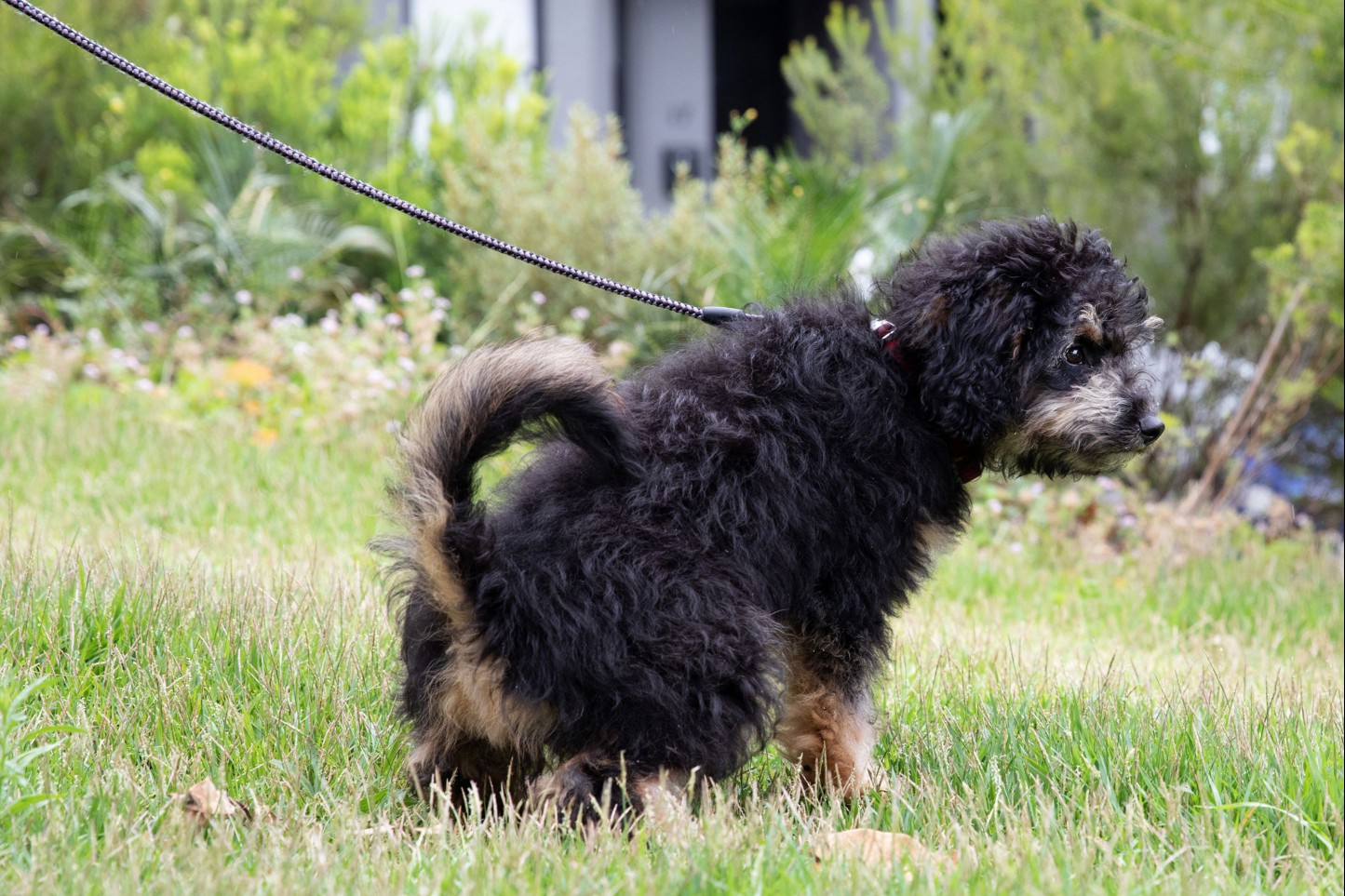
The Spruce / Kristie Lee
You will find that all five concepts weave together to patiently teach your puppy what you expect from it. You can use these concepts to teach a puppy or teach an older dog, as long as the dog is of sound mind and body. It is, however, much faster and easier to teach these concepts in puppyhood!
Related Article
 dog-behavior-problems
dog-behavior-problemsThis Is Why Some Dogs Lean on People
Is your dog a leaner? It might stand or sit by your legs and put much of its weight on you. Leaning
 dog-behavior-problems
dog-behavior-problemsWhy Does My Dog Get Zoomies?
Has your dog ever started running around like a maniac for no apparent reason? Some dogs get sudden
 dog-behavior-problems
dog-behavior-problemsHow to Stop Your Puppy From Barking
Puppy barking serves many purposes, from greeting people to a form of self-defense. But, if your pu
 dog-behavior-problems
dog-behavior-problems10 Common Dog Behavior Problems and Solutions
Dog behavior problems are often misunderstood or mishandled by dog owners. Perhaps you are new to d
 dog-behavior-problems
dog-behavior-problemsWhy Is My Dog Peeing in the House? 7 Proven Ways To Stop It
A dog peeing in the house can be very frustrating, especially when it's a housetrained adult do
 dog-basic-training
dog-basic-trainingHow to Train a Labrador Retriever
Labrador retrievers regularly top the list of most popular dog breeds. These smart, social dogs are
 what-can-dogs-eat
what-can-dogs-eatCan Dogs Eat French Fries? This Vet Says No
French fries sure are tasty, and your dog’s puppy eyes may tempt you to toss them a fry or two. S
 dog-senior-dogs
dog-senior-dogsHow Long Do Dogs Hold Their Poop?
Most of us lead very busy lives. Whether you’re out running errands or you’re stuck at the offi
About Ask a Paw
We are a premier digital platform committed to delivering high-quality content to our readers. Our mission is to provide accurate, reliable, and engaging information that adds value to our audience's daily lives.
Our team consists of experienced content creators and subject matter experts who uphold the highest standards of professionalism. In an era of information overload, we curate content with care, ensuring our users receive only the most relevant and trustworthy information.
Beyond just reporting facts, we focus on depth and context. Through expert analysis, comprehensive research, and clear presentation, we help our audience gain meaningful insights and make informed decisions.
We take pride in being a trusted information source for our growing community of readers. Our user-first approach means we continuously adapt to provide content that meets our audience's evolving needs and interests.
Innovation and excellence drive everything we do. We're committed to improving our platform and services to deliver the best possible experience for our users.

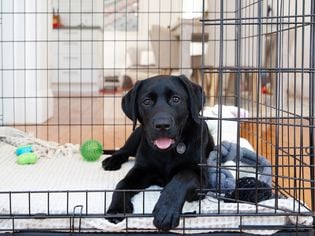
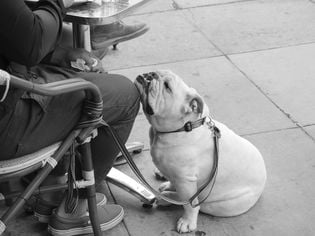
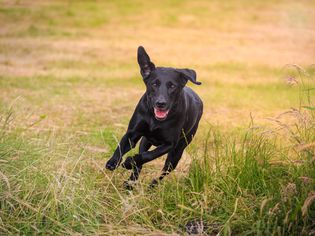
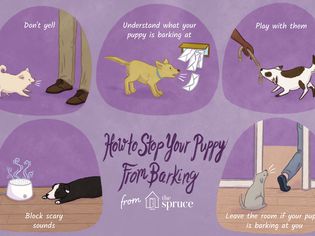
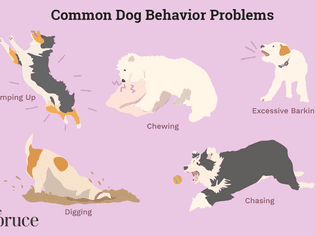

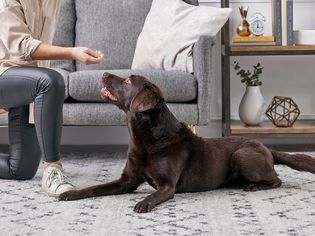
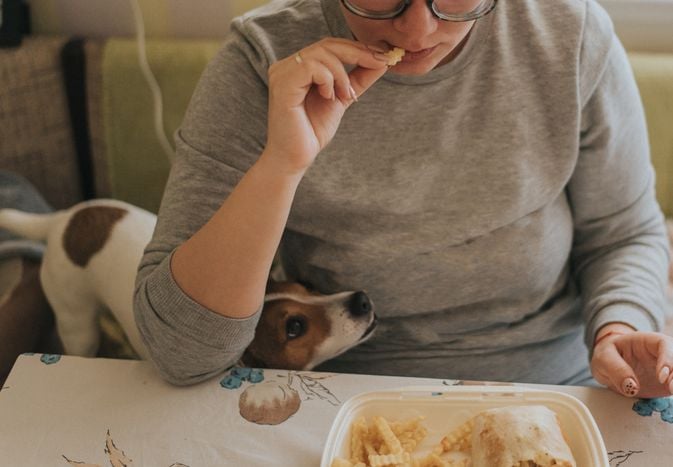
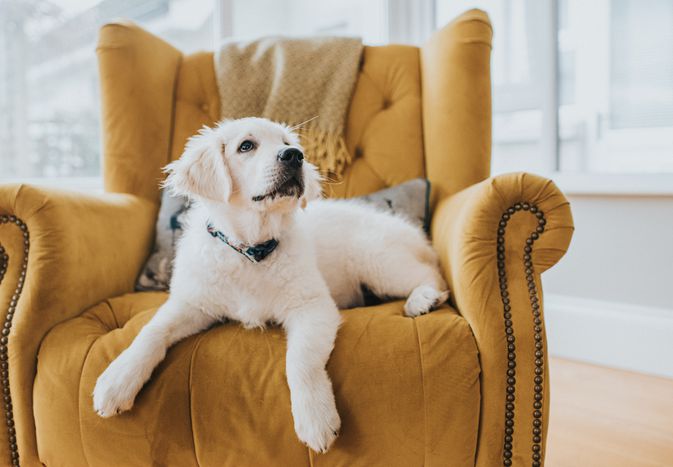
Comments on " How to Housebreak Your Puppy" :